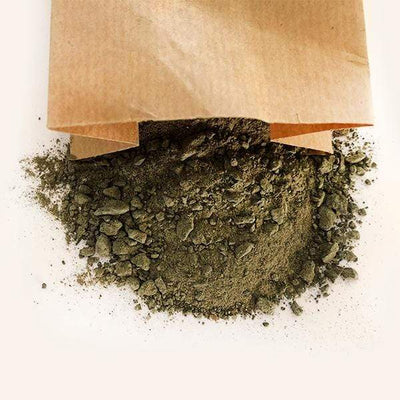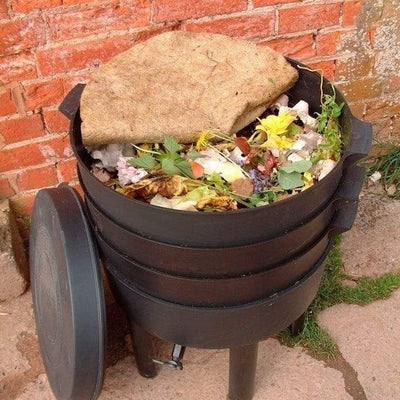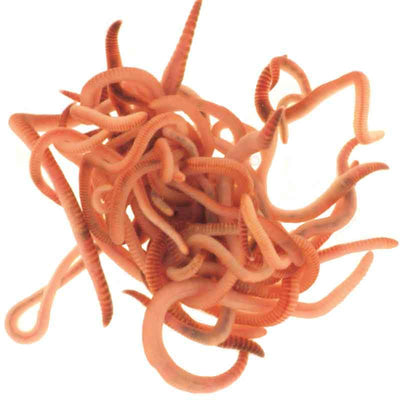We've had this message from a customer about some worms for her raised beds;
"Hi I wonder if you could help me please.
I have recently removed some raised beds, where I have tendered and nurtured the soil for a little while, not years and years. I removed the soil whilst the new beds were being built. Unfortunately, this took several weeks during the extreme heat over the summer. The soil was in a pile waiting to be reused. Please believe me when I say the soil is really good, but it now lacks worms.
When it came to refilling the beds using the original soil, supplemented with manure and John Innes no 3, I noticed a distinct lack of worms. Worrying, it was never an issue previously so I have no idea where they have escaped to. I intend to grow fruit and veg in the new beds and they currently they have just soil in them.
I know that I need to buy worms to aerate the soil, so my question are - what type of worms do I need, what ratio to soil and when is the best time to introduce them.
I suspect you dispatch them by post and wondered if the forthcoming winter weather is a factor.
Any general thoughts would be much appreciated.
Thank you for your help."
Here's our wiggly solution -
Thanks for your message – you’ve done all the right things keeping that soil and topping it up with manure and John Innes. The good news is that the lack of worms isn’t unusual when soil has been left in a pile through hot weather. Worms are very sensitive to heat and dryness, so they’ll either have moved deeper into the ground or sadly not survived in the heap. It doesn’t mean the soil is “dead” – the microbial life will bounce back quickly with a bit of moisture, organic matter and time and there are likely worm cocoons that will naturally hatch as well. Its a great idea to give it a boost - here’s my thoughts.
-
Which worms?
For raised beds and veg growing you’ll want garden soil workers – mainly Lumbricus terrestris (lobworms), the deep-burrowing worms that aerate soil and pull organic matter down. Composting worms on their own won’t establish long term in raised beds, but a mix of both works brilliantly to get things moving.
- How many?
There’s no precise ratio, but a starter kit is plenty to kick things off and they’ll multiply naturally once conditions are right.
- Timing?
Best times are spring and autumn, when soil is moist and temperatures are mild. You can add them now – they’ll simply burrow down deeper if there’s frost and reappear when conditions improve.
- Care and cover
Add a mulch of compost or leaf litter – this feeds the worms and keeps the soil surface protected, which really helps them settle in.
- Where to get them
We have a dedicated kit designed exactly for this: the Worms for Raised Beds Kit

-
The Small Kit (£26) covers around two average-sized beds.
-
The Medium Kit (£45) covers up to four beds.
-
The Large Kit (£80) covers up to eight beds.
Each pack includes both lobworms and composting worms, plus full instructions. To add them, you simply dig 3-4 little holes in each bed, pop the worms in, cover them back over, and let nature do the rest.
So, in short – lobworms are what you need, a raised bed kit is an easy way to introduce the right mix, and mulching will help them thrive. From there, your soil biology will quickly rebuild and your fruit and veg will be off to a flying start.
Warm regards,
All best
Team Wiggly






